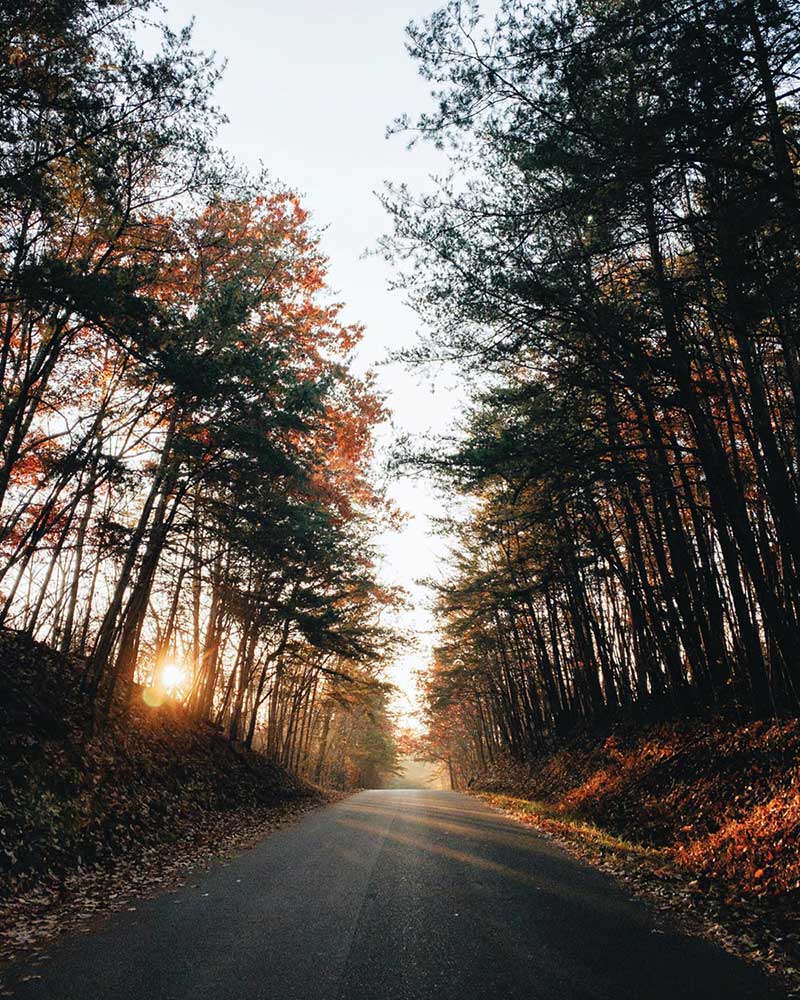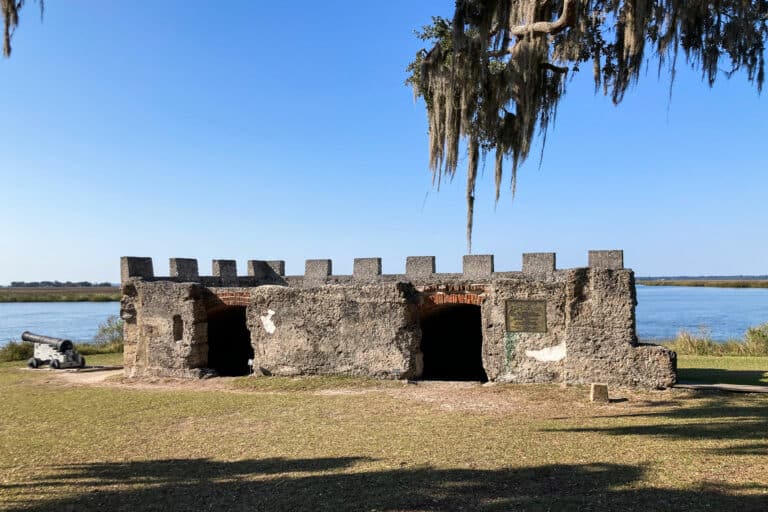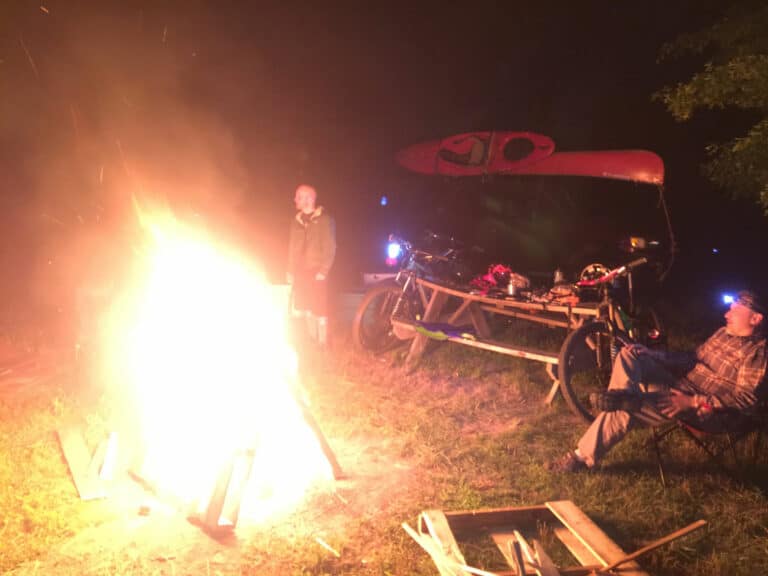New trails, a bike park, and cross-town connections amount to new riding opportunities on the eastern side of the Volunteer State.
When Chad Wolfe opened his Trek store in the burgeoning mountain town of Johnson City, Tenn., he wanted to create a community group ride that would help get people on bikes. That year, in 2015, 12 people showed up for what was dubbed the “Taco Trek.”
Eight of those people, Wolfe jokes, were in his phone.
Fast forward to 2019, when a whopping 596 people showed up to ride the Taco Trek (which is, of course, a ride followed by tacos). It became such a raging success that Trek corporate trademarked the name.
This is just part of the biking growth in East Tennessee that is spilling out of Johnson City into adjacent towns such as Elizabethton, Erwin, Unicoi, and Hampton. Places you’ve maybe never heard of, but soon will.
Each of these communities has seen what Johnson City has been able to do with a little bit of vacant land, a dedicated group of champions and some public, private, and grant money. A 70-acre knob about a mile from the heart of the city’s downtown area has become Tannery Knobs Mountain Bike Park and, more importantly, an economic driver and a tourist attraction.
As of publication time, at least 13 municipalities in northeast Tennessee are in some phase of expanding, adding, or upgrading mountain bike and rail trails that could ultimately become an uninterrupted bike path stretching from Damascus, Va., to the entrance to the Great Smoky Mountains in Hartford, Tenn., an estimated 170-200 miles.
Because of the proximity to the Cherokee National Forest, the future of trail riding in this area consists of thousands of acres of undisturbed land and massive opportunities to become known for its biking.
JB Seay, federal lands coordinator for the Tri-Cities SORBA chapter, which is helping to organize many of the efforts to grow the sport of cycling across multiple county lines, said convincing municipalities that cycling is valuable and legitimate isn’t their biggest hurdle.
“I think everyone recognizes the return on investment on these kinds of improvements, but you still have to find that initial investment,” he said. “We’ve made a lot of inroads with local governments. We have passionate people that know folks and have history with people and are able to say, ‘this isn’t a flash in the pan.’ This is a sustained interest and quality-of-life improvement that lifts everyone. The projects that have been big capital expenses, the cities have seen the use, the interest, the economic drive, and quality of life improvement to say this was a good decision and investment.”
The cross-municipality coordination began when Johnson City and the town of Elizabethton partnered to build a privately funded 10-mile path along the old Tweetsie Railroad bed now called the Tweetsie Trail. It has become a popular spot for bikers of all skill levels. The trail is now in the planning stages to get an additional 4.5 miles added to it which could connect Tannery Knobs in Johnson City to the Hampton Watershed Trails in Carter County, which are also in the process of an expansion.
The budget for Tannery Knobs included funding for a city park on neighboring Buffalo Mountain, which is owned by the city of Johnson City and now serves as a spot for hiking and picnicking but has no marked mountain bike trails. The city park is pending approval and the International Mountain Biking Association’s Trail Solutions has already designed the phase-one trail system there.
“There is a ton of awesome trail work going on in eastern Tennessee,” said Trail Solutions Project Manager Steve Kasacek, who developed the master plan for Tannery and the trail system at Buffalo. “It is one of my favorite regions of the country. With the western side of the Blue Ridge ridge and valley and the eastern side of the Cumberland Plateau, the geologic, topographic, hydrologic, and soil conditions are varied and diverse. Representing some of the best terrain for mountain biking on the East Coast.”
Johnson City businessman Grant Summers donated the land that now houses Tannery Knobs to the city. It also has room for expansion. He donated it with one stipulation: that the city would turn it into a mountain bike park. And that’s exactly what they did. It’s a relatively small park in its current state with about 3.7 miles of trails open. But its impact has been huge. YouTubers with big followings have ridden and posted about it. Visitors have come from across the country to ride it. And now, surrounding communities want access to it.
“You like to think you created something special, but it is hard to conceptualize the radius of emphasis Tannery has had,” Summers said. “There has been such wide-ranging interest. People have moved here for this place.”
Wesley Bradley, SORBA Tri-Cities’ trail liaison for Hampton, called Tannery an inspiring model. “It’s teeny tiny compared to other trail systems, but they marketed it right, they got a quality builder, so they have quality trails and because of that, it grew in notoriety quick. It wasn’t hard to sell to other land managers that they can do this in their community, too.”
The existing Hampton Watershed trail system is four miles of trails, but money has already been approved for phase one of an expansion project that will add nearly three more miles of trails to some beautiful land running along the Doe River. A proposed phase two would allow the trail system to reach the peak of Cedar Mountain with the potential to then extend it all the way to Dennis Cove.
When you factor in the proposed expansion of the Tweetsie Trail, it’s adding up to a viable trail system where riders can bike some technical trails, then ride into the next town, bike some more technical trails, and then cruise into town for a beer.
“I think this is doable in my lifetime,” Wolfe said. “Being able to ride from point A to point B is not something most of the country can do. When riders can connect communities, that opens up an entire different level of recreation. When you can do a multi-day experience where restaurants and hotels see the benefit—that’s a West Coast thing.”
Cover photo by Mitchell Hartley, courtesy of Unsplash








